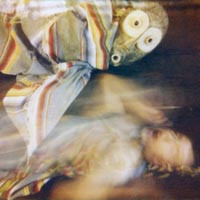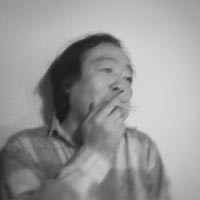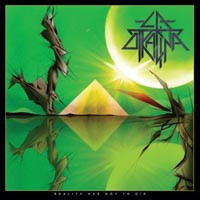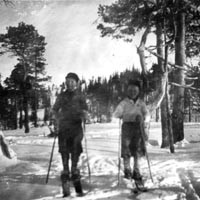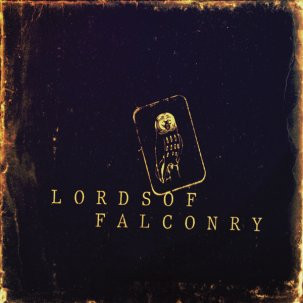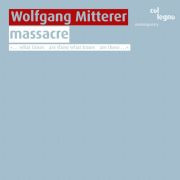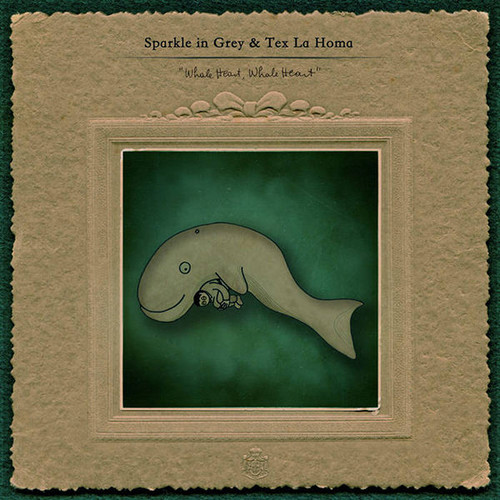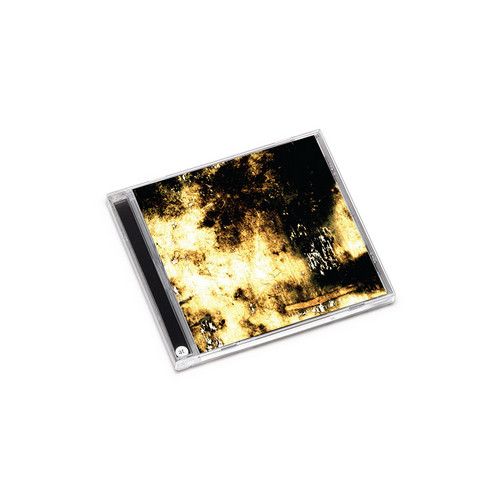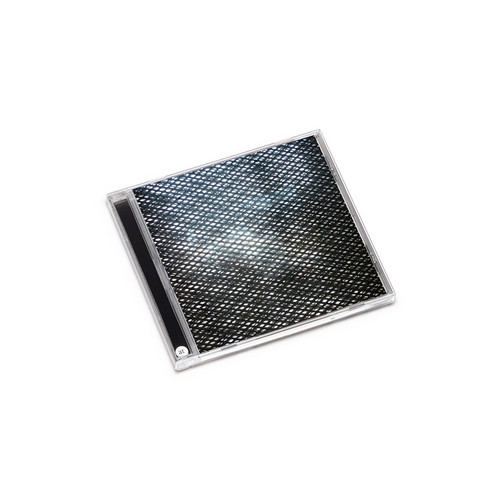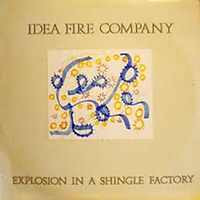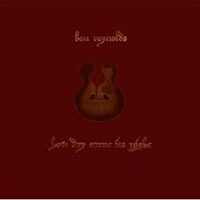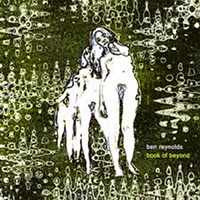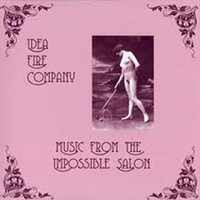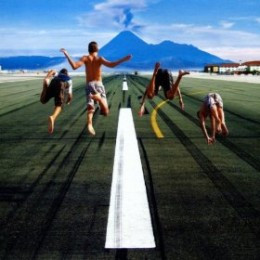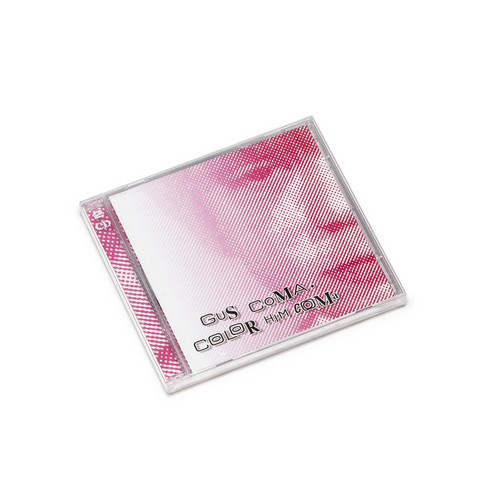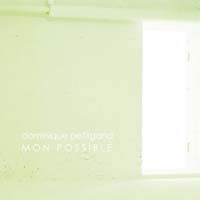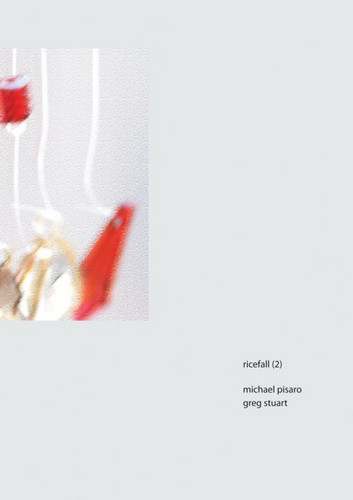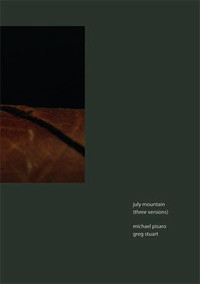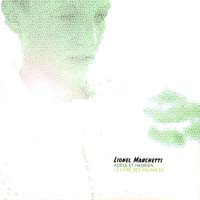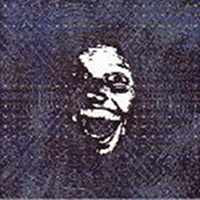Megafauna
Understand this: Yoga dispenses a sinister frailty of howling swellsin hissing static that combusts into crawling shock heaps, to the effectof Mayhem performing Twin Peaks incidentals in a prairie recordedby The KLF. A brief description casts them as…
Old Punks
Doronco is a bass player who is most well known for his stints in Les Rallizes Dénudés, Suishou no Fune and with Keiji Haino. Here he is joined by members of Maher Shalal Hash Baz, a Frenchman and an additional female vocalist who have made an …
Reality Has Got To Die
Since 2003, La Otracina has been hell-bent on creating highly visionary music that melds sonic ideas from the outer reaches of heavy and weird. The Brooklyn group has released three full-length albums and twelve mini-albums, along with a slew of spli…
Silver Bells
New holiday themed single from Moon Duo. Erik and Sanae add more lilt to the season than any combination of egg nog and booze ever will. On the B side the duo wrap a coat around the classic "Goat Head Soup" deep cut "Winter."
Lords of Falconry
A heady, sludge-rocking slab of prime Holy Mountain psychedelia from the fabulously monikered Lords Of Falconry, whose bird of prey-related band name may or may not be some kind of nod to Hawkwind - to whom these guys clearly owe a debt. With tracks …
Massacre
In "massacre" Wolfgang Mitterer presents us with a passionate analysis of a timeless threesome: power, religion and violence. An opera for five singers, nine musical instruments and electronics.Based on Christopher Marlowe’s drama »The massacre at Pa…
Whale Heart, Whale Heart
**300 copies** A split album: Sparkle in Grey songs come from a long process of mixing and recordings from various sources, defined by Frans de Waard (Vital Weekly) as "a fine combination between that sorrowful tune played on the violin, the scraping…
Grape Skin
Grape Skin is the focused outcome of a trio session between Michel Doneda, Jonas Kocher, and Christoph Schiller in a Zurich space, 2011. Doneda’s soprano sax curves and stirs in threadlike whispers, multiphonics, and percussive pops; Kocher’s accordi…
Choices
The first meeting on disc between two of the finest and most innovative electroacoustic instrumentalists in Germany: Argentine-born, Berlin-based Lucio Capece (soprano saxophone, bass clarinet, preparations, mini megaphone) and Hamburg-based Birgit U…
Explosion In a Shingle Factory
Debut vinyl by this post-Anschluss project. Basement experimental sound & collage recordings from Amherst, first released in about '93 or so. Tapes, keyboards, synthesizers, harp, piano, percussion, etc.
How Day Earnt Its Night
"Ben Reynolds is an English solo steel string guitarist and songwriter. In his solo instrumental works he draws upon the vast well of musical inspiration native to the British Isles as well as that found across the Atlantic and beyond. Ben's 2008 …
Book of Beyond
"Ben Reynolds is one of the newer voices from the same UK scene that includes Ashtray Navigations and many of the VHF celebrities (Sunroof!, Vibracathedral Orchestra, Richard Youngs, etc.) It should be of little surprise then that Book of Beyond …
Music From The Impossible Salon
"For the past 25 years, New England's Idea Fire Company (IFCO) has positioned themselves at the frontline in the ageless battle for aesthetic purity. Founded by the enigmatic duo of Scott Foust (aka The Commander, aka The Last Great Man) and Karla…
Welcome Abroad
Vicki Bennett, under the People Like Us moniker, returns from several collaborations for her first solo album in several years. Stranded in the United States for an extended period after the Icelandic volcano eruption blocked her British homeland…
Color Him Coma
The first CD in this set is a reissue of an obscure cassette release from 1983 that was originally released in a small edition on the London based, It’s War Boys label. This C60 consisted of 2 distinct halves. Side 1 was formed around several mixes o…
Mon Possible
The new record by Dominique Petitgand, Mon possible, gathers sound and musical pieces created between 2001 et 2010. Still composed of voices, words, noises, musical atmospheres and silences, the stories here get more enigmatic than on the previous re…
Ricefall
Gravity Wave, a new CD label, curated by composer Michael Pisaro, designed by Yuko Zama. Icefall (2), a 72-minute piece for 64 separate tracks of rice falling on objects. This recording is the second part of a trilogy of the first disc length works b…
July Mountain: Three Versions
Gravity Wave, a new CD label, curated by composer Michael Pisaro, designed by Yuko Zama. July Mountain: three versions, contains a re-release of this 21-minute piece for field recordings and percussion (the original .point engraved edition is sold ou…
Adèle et Hadrien. Les Livres de Vacances
Lionel Marchetti's 'Adèle et Hadrien' is a captivating document of a holiday of Adèle and Hadrien, two young children around 10 years old. The recordings view a glimpse into the world of Adèle and Hadrien, who go swimming, are startled by strange sou…
Outmospheric Arts of the Outmosphere
"Ben Reynolds has emerged as one of the most prolific contributors to the UK ecstatic-drone scene over the past year. He has released numerous solo CD-Rs and last year saw his first CD on the Finnish Ikuisuus imprint. Outmosphere was originally …
